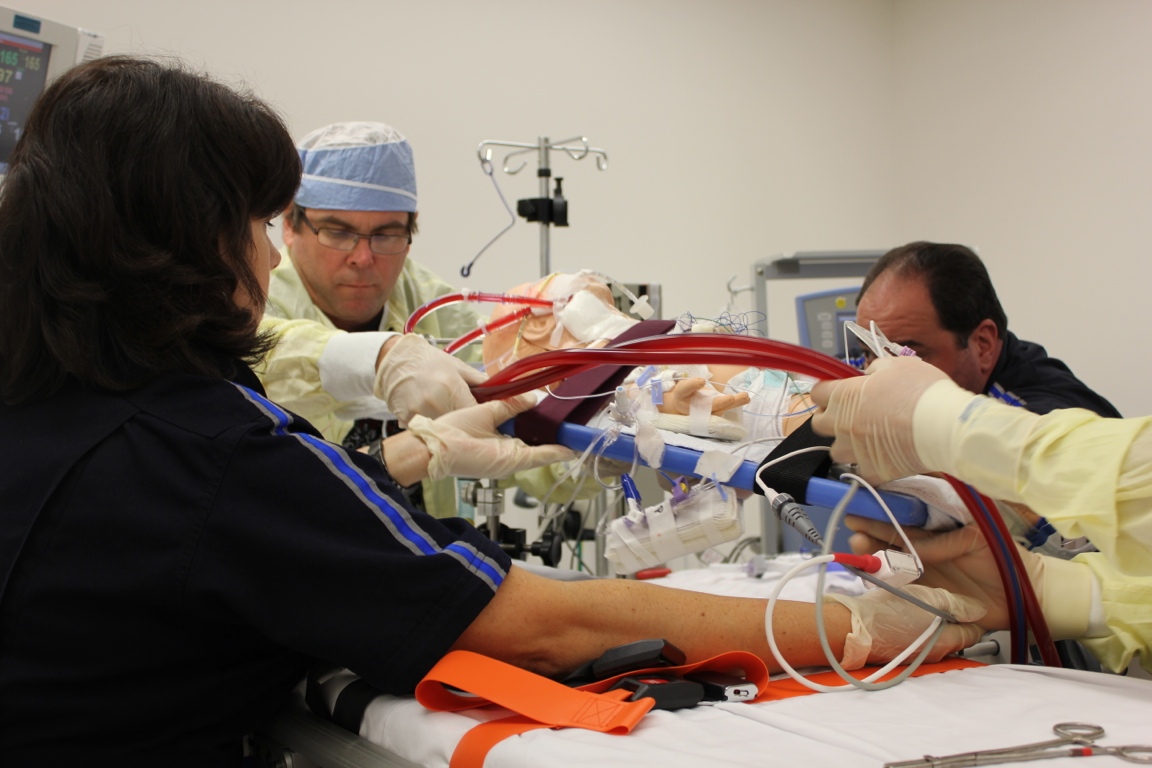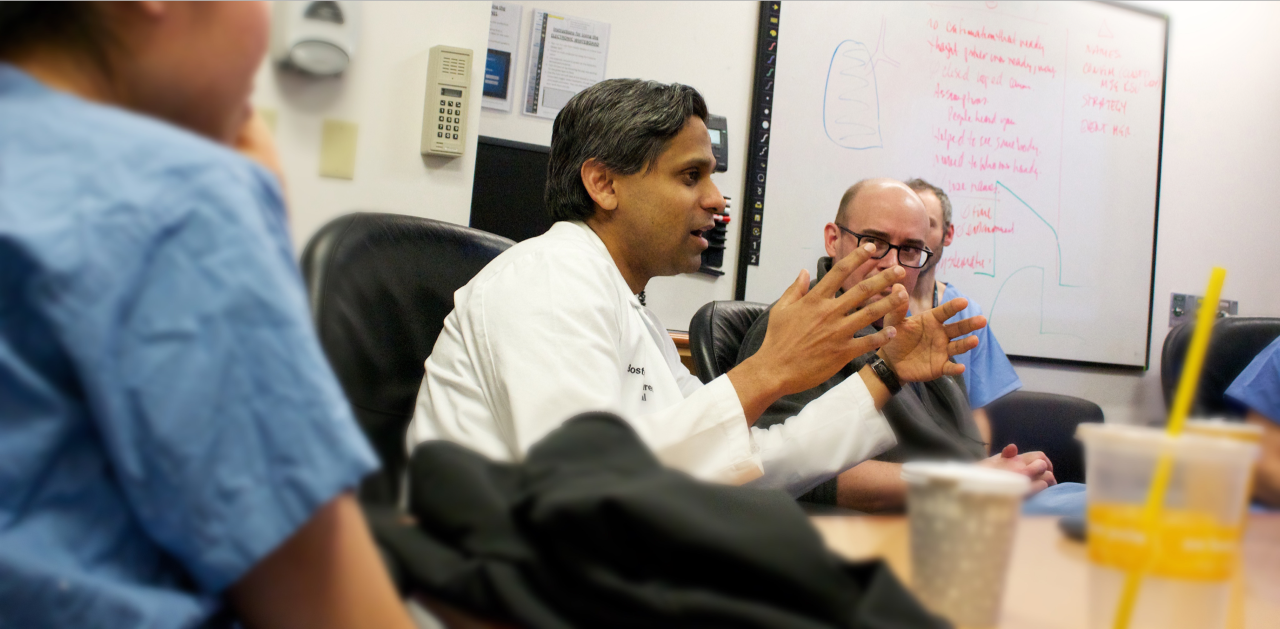Immersive experiences to optimize training and performance

Accelerating clinical training and high performance
At our core, we provide simulation-based curricula to meet the educational needs of our clinical partners and patient families. We deliver simulation-based activities defined by sound educational theory, design, and evidence-based practice. We also provide instructor training and consultation to anyone using simulation to teach and train. We guide faculty and staff through a robust curriculum development process to identify educational objectives, optimize educational strategies, and validate outcome measures to evaluate impact.
Simulation-based training activities are created using our proprietary SimZonesTM framework — a system of designing and delivering simulation-based education developed at Boston Children’s.
The majority of simulation-based training is truly interprofessional, providing expert clinical staff to practice as expert teams. Courses range from procedural skills, contextualized medicine, resuscitation, teamwork training, complex conversation training, and human factors — all tailored to a wide variety of participants.
Simulation-based training for improving patient safety and quality
We use a simulation-based methodology to train health care providers on important quality and patient safety educational goals or needs. This critical application of simulation focuses on creatively developing simulation-based training for an identified patient and/or clinician safety goal or deficiency. These efforts can be institution-wide or unit-based. One key feature is tracking specific quality or patient safety metrics to measure impact.
Simulation faculty development

We provide faculty and staff developing and implementing simulation-based training with tools to create effective learning experiences and perform effective and psychologically safe debriefings. We offer robust courses and individual consultation in the various methods of best practice in simulation-based education. For more information, please contact us.
Clinical training in action
- ECMO is a highly complex and urgent procedure that combines surgical skill and technology to temporarily replace heart and lung function in critically ill children, often after major surgery or illness. Boston Children’s has one of the world’s largest ECMO programs, but practicing the procedure with realism is extremely challenging. By designing a pediatric ECMO trainer to simulate cannulation of a child’s neck or groin, we’re helping teams practice and troubleshoot this advanced procedure while honing their surgical skills in a simulated crisis environment.
- IDS provided participants with staged simulations that allowed them to plan how to integrate COVID-19 safety precautions into medically complex procedures and then test their efficacy before deploying them into actual cases.
- At the start of the COVID-19 pandemic, it quickly became clear that existing donning and doffing procedures were untested, unclear, and evolving as a result of the COVID-19 virus. IDS worked in lockstep with many groups across the hospital to respond to the need, providing a safe and rapid training environment for clinicians from every discipline across all units to practice donning and doffing PPE.
- We partner with CRICO to provide annual training to operating room teams of anesthesiologists, surgeons, and nurses to improve OR safety and team performance and identify areas of improvement. Additional training is also provided across a wide range of clinical areas and teams.
- Leveraging simulation, we’re partnering with cohorts throughout the hospital to reinforce high-reliability principles (speaking up for safety, communicating clearly, and paying attention to detail) throughout Boston Children’s, to achieve zero preventable harm to any patient, patient family, or staff member.

Care in the NICU during the COVID-19 outbreak

